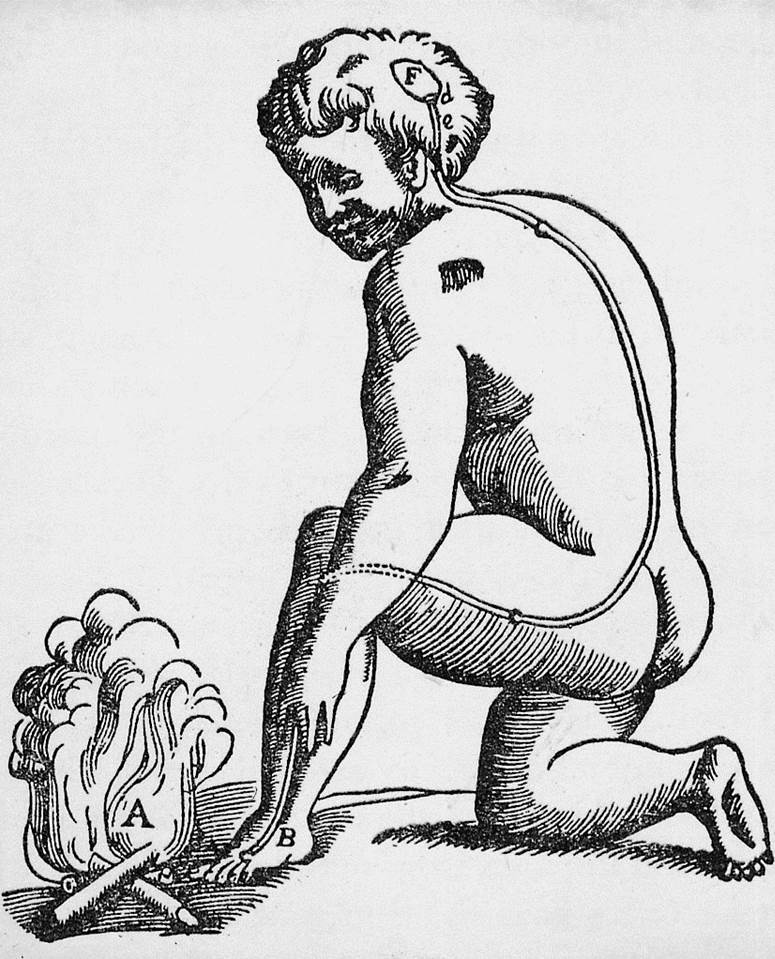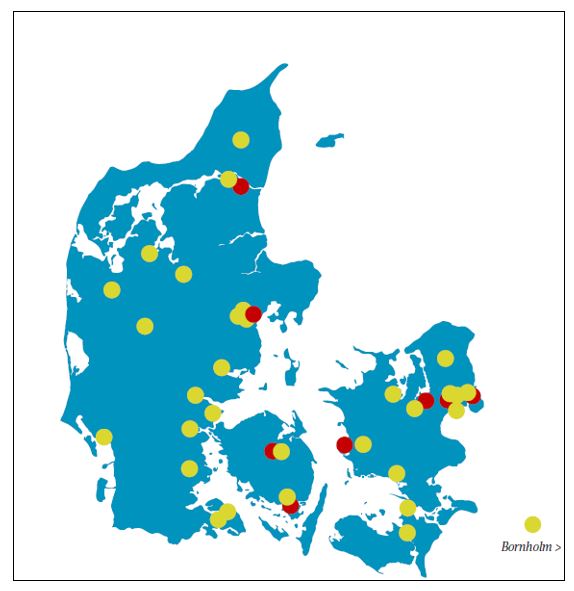the original article can be found here
“Better three hours too soon than a minute too late”.
W.Shakespeare, The Merry Wives of Windsor, Act II, Scene II.
After more than a decade from the natalizumab approval, most MS specialists consider this biological therapy as one of the most efficient drugs that we have nowadays to treat relapsing-remitting MS patients. However, the problem we have to face when we start to use natalizumab is the risk of the occurrence of progressive multifocal leukoencephalopathy (PML) in some patients. PML is a very serious disease induced by the JC virus resulting in poor functional outcome and mortality in some cases. The assessment of PML risk is currently determined by three factors: the previous use of immunosuppressants, the duration of natalizumab therapy for longer than 24 months, and JCV serology, further extended to the analysis of the JCV antibody index for PML-risk stratification.1 On February12th, the EMA has published recommendations to increase surveillance over high-risk natalizumab-treated MS patients, following the data from an interim report of the STRATIFY-2 clinical trial suggesting that rates of JCV seroconversion under this therapy could be higher than expected.1 Updated to December 2015,2 614 cases of natalizumab-related PML have been reported, leading the scientific community to reconsider that this complication may be much more frequent than previously expected. Based on very recent publications,3 the risk of PML in patients under natalizumab therapy for up to 24 months has apparently not increased in the last few years; however, the PML risk in JCV+ MS patients on natalizumab for longer than 24 months is about two- to three-fold higher than compared to previous estimations performed in 2012,4,5 mainly in those patients with previous immunosuppressant therapies but also for those without. Consequently, EMA recommendations are focused on patients receiving natalizumab for longer than 24 months, suggesting that this therapy should be maintained in patients at higher risk of developing PML only if benefits outweigh the risks, incorporating the JCV antibody index as a tool for risk stratification.
While we are waiting for better biomarkers for PML risk assessment, JCV index can be applied to categorize PML risk in patients with no prior use of immunosuppressant therapies. However, some important points have to be taken into consideration when using this biomarker. First, JCV antibody status does not always identify all patients infected with this virus, as suggested by exceptional cases seronegative for JCV prior to PML development.1,6 Patients with negative anti-JCV serology are still at risk of JCV primoinfection, as well as a negative test does not exclude absence of JCV infection (up to 3% of false-negative tests), possibly explained by a context of too low peripheral viral activity.7 Second, JCV index values may increase with time in some cases (up to 17% of patients),8 thus providing a false sense of security in those cases with low index unless a more frequent reassessment is performed. Finally, an opposite impression of a PML threat can be obtained from the evidence that most JCV+ MS patients on natalizumab therapy will be set into the highest PML risk category using the JCV index (e.g., >1.5), developing PML just a very few of them. Keeping in mind the dynamic nature of the JCV-host immune interaction, a more frequent antibody test monitoring is needed, as suggested by EMA.
It is noteworthy to emphasize that early PML detection may limit the virus-induced brain damage, requiring a much further vigilance on patients aimed to stop natalizumab at the minimum suspicion of PML. Consequently, EMA recommendations are much welcome in order to increase the vigilance over high risk population repeating anti-JCV antibody testing and increasing short-term clinical and MRI reassessments. Let´s follow Shakespeare’s words in praise of anticipation, remarking that any new neurological symptom or MRI lesion in a natalizumab-treated patient may be the prelude of PML, which should led us to reassess the subtle “risk to benefit” balance of natalizumab for the well-being of our MS patients.
Dr. Jose E. Martínez-Rodríguez works at the department of neurology, Hospital del Mar Medical Research Institute (IMIM), Barcelona, Spain
References:
- Plavina T, Subramanyam M, Bloomgren G, et al. Anti-JC virus antibody levels in serum or plasma further define risk of natalizumab-associated progressive multifocal leukoencephalopathy. Ann Neurol 2014; 76: 802-812.
- Biogen medical information. Available at: https://medinfo.biogenidec.com. Accessed February 2016.
- Berger JR, Fox RJ. Reassessing the risk of natalizumab-associated PML. J Neurovirol 2016; Feb 3 (in press).
- Fox RJ, Rudick RA. Risk stratification and patient counseling for natalizumab in multiple sclerosis. Neurology 2012; 78: 436-437.
- Bloomgren G, Richman S, Hotermans C, et al. Risk of natalizumab-associated progressive multifocal leukoencephalopathy. N Engl J Med 2012; 366: 1870-1880.
- Gagne Brosseau M, Stobbe G, Wundes A. Natalizumab-related PML 2 weeks after negative anti-JCV antibody assay. Neurology 2016; 86: 484-486.
- Major E, Frohman E, Douek D. JC viremia in natalizumab-treated patients with multiple sclerosis. N Engl J Med 2013; 368: 2240-2241.
- Schwab N, Schneider-Hohendrof T, Pignolet B, et al. Therapy with natalizumab is associated with high JCV seroconversion and rising JCV index values. Neurol Neuroimmunol Neuroinflamm 2016; 3: e195.







